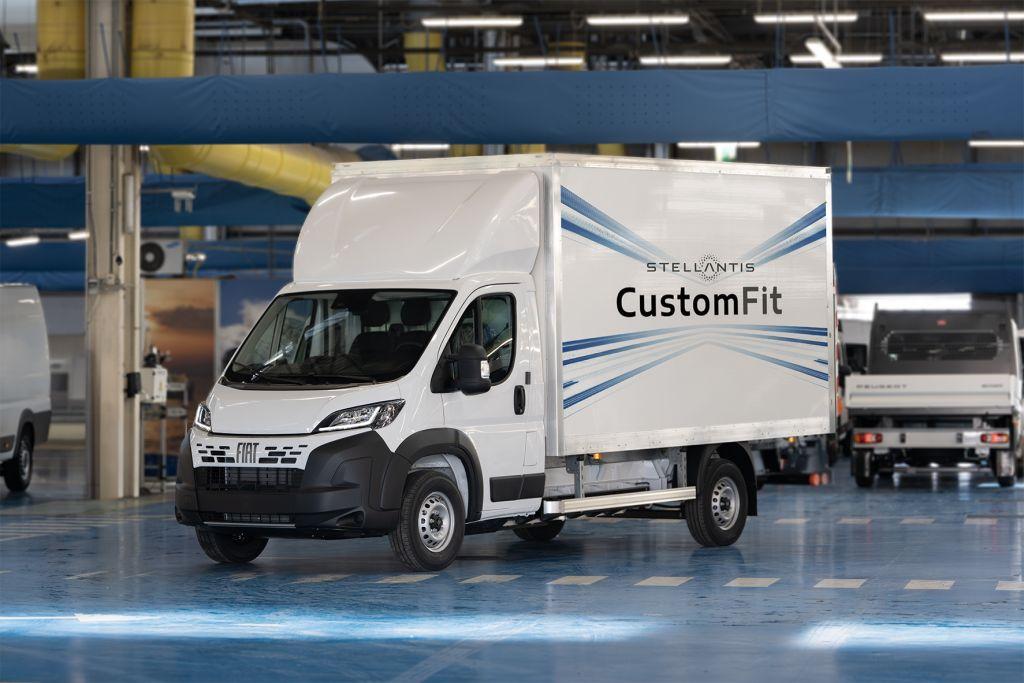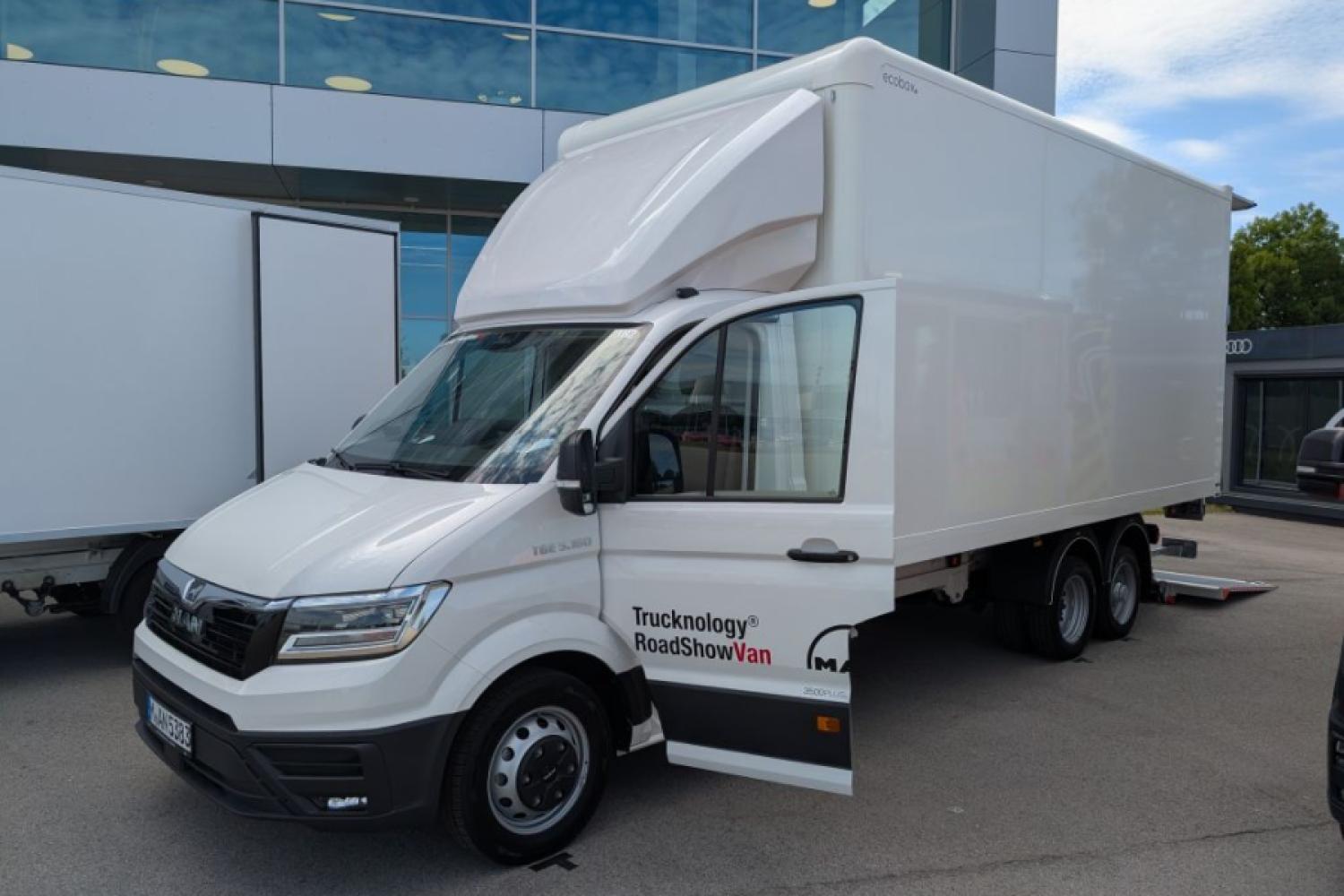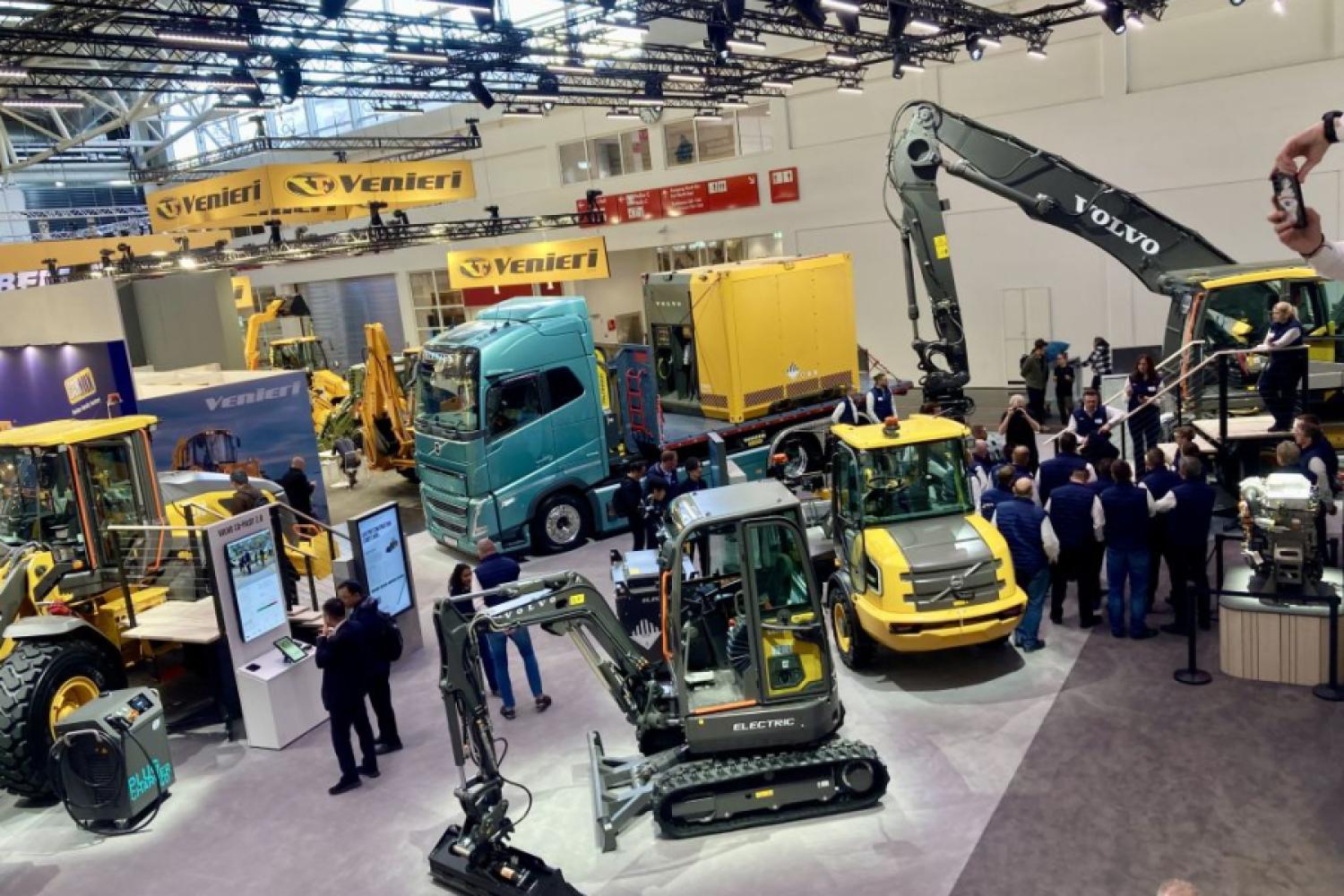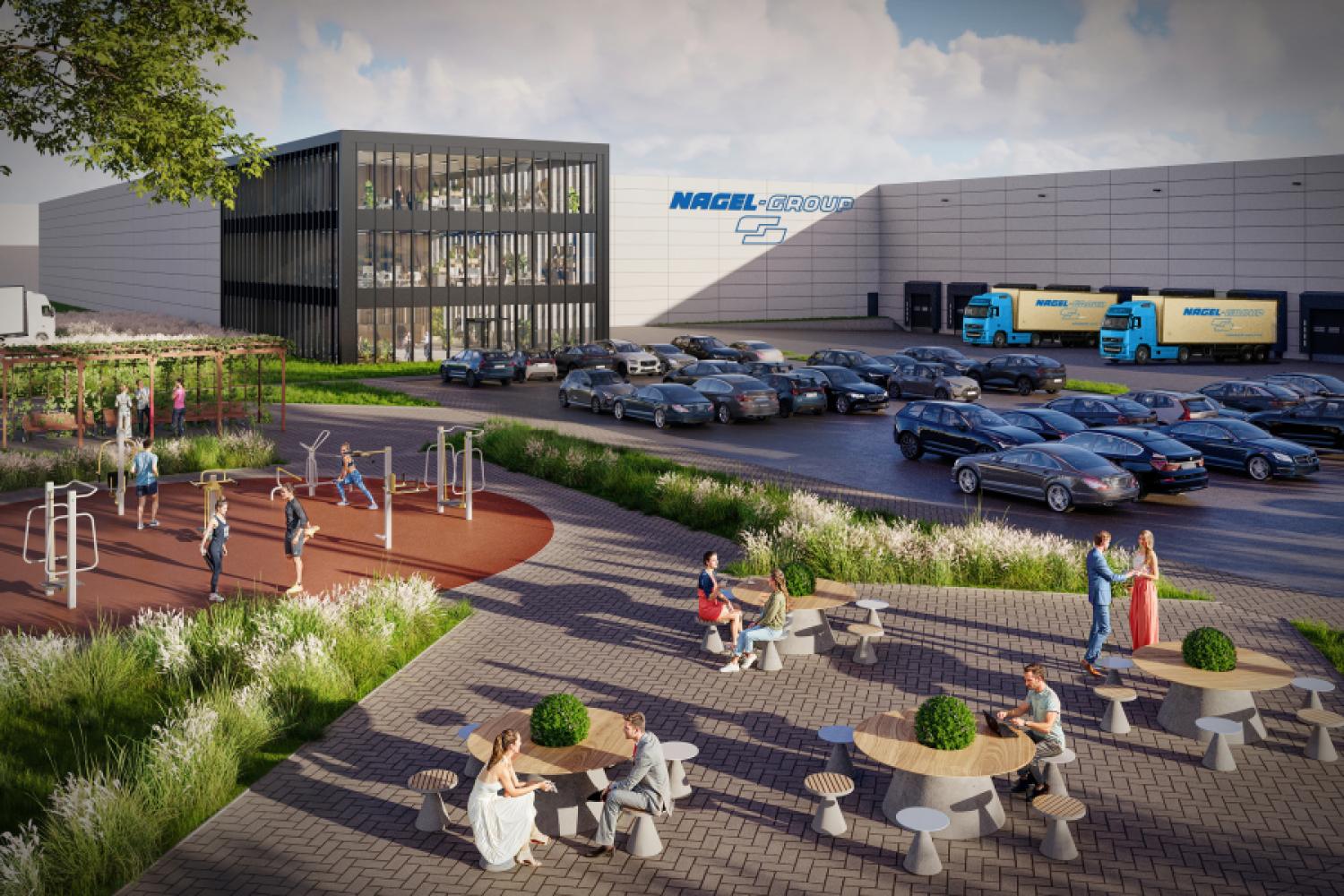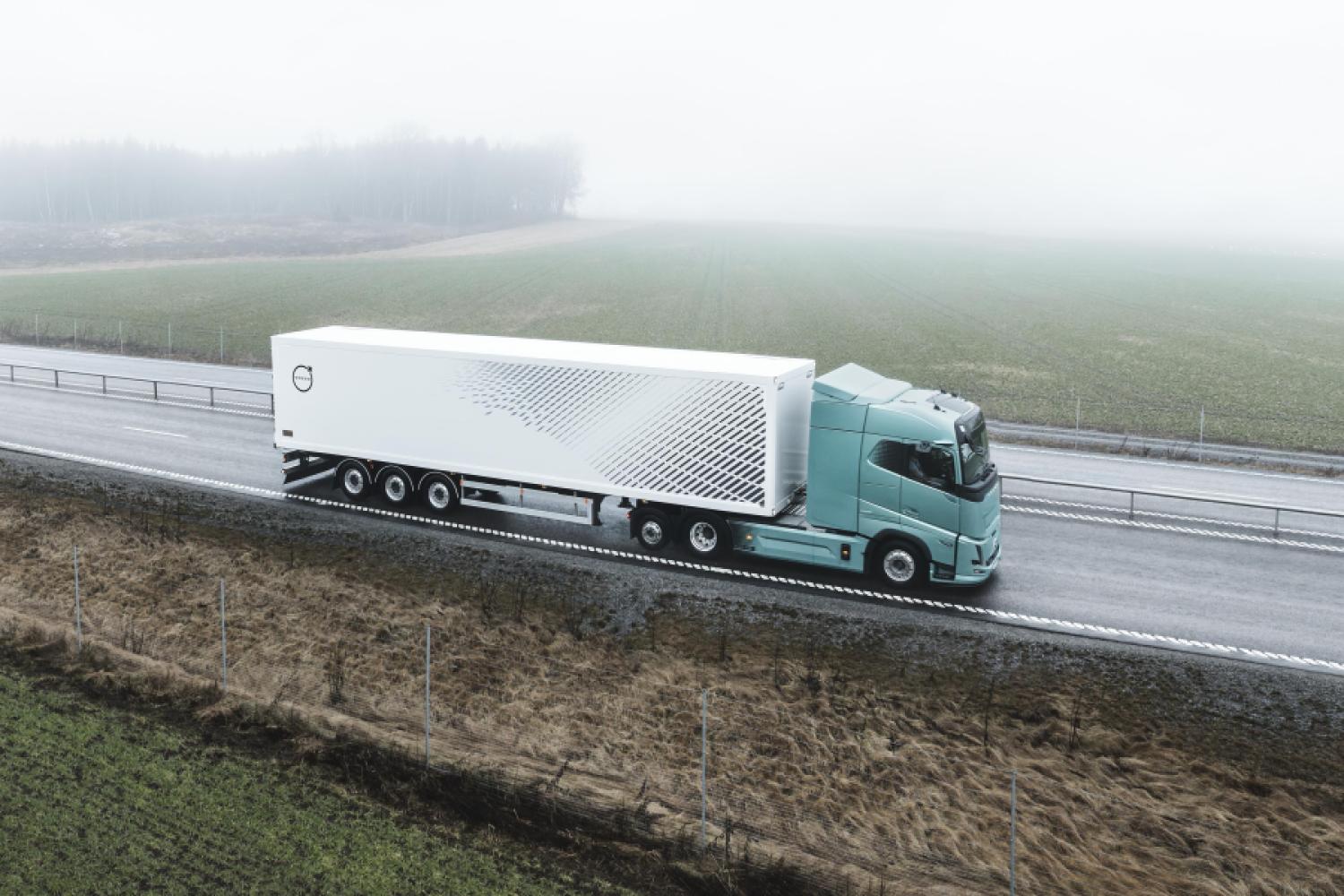The latest buzzword among marketing strategists in the automotive industry is "Customer Journey": And this "journey of the customer" should soon be shorter, more direct, efficient, qualitative, and perhaps also cheaper. And, not to be forgotten, much of it should be in accounting-related businesses. Therefore, like some other manufacturers, the commercial division of the group is currently bringing expansions and conversions more into the factory, to its roots, and is creating a "Customer Fit Center (CFC)" for this purpose. Such centers are scheduled to be present in each of the six plants in the future, in this case without Toyota but with Vauxhall and RAM, alongside Fiat, Peugeot, Citroen, and Opel. The core plant in southern Italy's Atessa (Sevel Sud) near Chieti is leading the way, where, including Toyota, a substantial 30% of the entire large-van field is ordered. "Here, we have all the competencies around the vehicle," explains Anne Abboud, Head of the Stellantis Pro One business unit, of the move, which she wants to be understood not as an affront or competition, but as a deepening of the partnership with the so-called "Converters." Rather as a "Win-Win-Win" situation, if you will: For the manufacturer (in terms of added value), for the constructor (in terms of scaling, visibility, and network), and for the customer (in terms of complexity and delivery time).
50% of the large vans under the six-brand roof, to which Toyota and soon Iveco should be added, reach customers somehow modified and remodeled. But instead of sending the vehicles with elaborate logistics to local builders, Stellantis is now turning the tables and wants more and more of the special solutions brought to the plant, to be finally assembled there and then delivered directly. Before this, according to Abboud, the vehicle should not be moved. The order should be done via a single web platform, and local websites will be established for the still very country-specific conversion business. For Germany, such a catalog already exists.
Customization: When Royal Mail needs a windproof door
Beside the ex-works solutions, there is a second line called "Customizations": A van equipped with an internal sliding door for Amazon was realized in 3,000 units and should make delivery times half a minute more effective per stop. A conversion for the British Royal Mail creates an ultra-strong locking with magnets at the rear doors, a bright yellow step from Rhino along with adapted parking sensors or grab handles. A panel van conversion for the French SNCF implements, besides the obligatory ex-works adhesive film, a ventilation for the cargo area clad in wood, because the customers need to work in the cargo space as well. In 2024, nine percent of vehicles were customized in Atessa, in 2025 it should be 24% and by 2027 even 40%, all of which is also good for the location and the quota of "human" workplaces.
"Curbside Free": Significant increase in "Conversions"
For "Conversions ex-works," it should be from 2024 onwards 8% in the current year, 11, and in two years 15 percent. Already now, 300 vehicles roll off the line daily at the CFC, a number that is planned to be doubled in a year. Also thanks to an extensive conversion offer: From currently 550 certified partners, selected according to a strict process depending on the country, the network should grow to 800 partners, being able to offer 8,000 different products "curbside free." Overall, Stellantis recorded a 25% increase in conversions with certified partners in the year 2024 and doubled the number of custom units for large fleets that were manufactured in own plants, with the sale of converted vehicles across Europe increasing by 35%.
Low BEV quota: Let down by politics
The first models truly "ex-works" include classics like tippers, Doka-platforms, or crew cab panel vans. The flagship model and pioneer of the Custom-Fit strategy, however, is the Cargo Box BEV already showcased at the IAA Transportation 2024. Unfortunately, BEVs are a far too rare sight in the plant: Not even four percent of orders are for electric
vehicles, much less than expected and also needed to meet the EU's medium-term fleet limits and long-term phase-out scenarios. Stellantis feels let down by politics, which have indeed set strict guidelines but are presently undermining them with populist escapades and debates—not only in Meloni's Italy, but now even reaching Germany. As a result, the "BEV market" simply isn't where it should and could be, the corporation complains.
However, the products are very much there, as emphasized. And also with special solutions and decent range, in the case of the Box-Ducato over 300 kilometers, more than sufficient for the intended deployment fields. Nevertheless, even from major logistics customers, it's always heard that this is too little range, even though the need in daily identical rounds hardly exceeds 100 kilometers. At Stellantis, they can no longer understand the world—and not only here.
The BEV with the box: With 20 cubic meters under power
Anyway: The BEV with the box offers 18.3 m³, complemented by a spacious interior measuring 4,230 mm in length, 2,032 mm in width, and 2,150 mm in height. It is based on the battery-electric chassis-cab version with a maximum torque of 410 Nm and a power output of 200 kW (270 PS), paired with a 110 kWh battery that enables a range of up to 323 km (according to WLTP*). Even an L4 is available, which increases the load volume to 20.5 m³ with an interior length of 4,500 mm and a height of 2,300 mm. Further relief for the customer: The 22-kW AC charging is standard, so even with simpler AC-charging technology, two-shift operation is possible at the location. Full charging takes place overnight anyway, with a full charge happening in just 6 hours, halved compared to the 11-kW standard.
"The introduction of the Cargo Box BEV confirms the success of this plant, which is dedicated to proactively and swiftly meeting the needs of our professional customers, in full alignment with the principles of efficiency, maximum quality, and quick market launch," promotes Anne
Abboud.
Arnaud Leclerc, Global Head of Stellantis CustomFit, adds that the plants' direct production capacities in the CustomFit area are integrated and expanded by a worldwide network of 550 authorized partners. Furthermore, all fittings produced by partners have the same two-year warranty as vehicles that come directly from the factory, Leclerc continues.
Even the camper goes electric: Market leader's duty
Another area of traditionally high interest is the realization of conversions for the caravan and motorhome sector (RV, Recreational Vehicles), in which Stellantis Pro One is once again the undisputed market leader, especially with the Fiat Ducato as a driving force. Here, too, there will soon be a fully electric version for recreational vehicles. As a market leader, one must lead the way here despite the current electric stagnation, says Anne Abboud. At least the offer must be there, she believes. And a good offer hopefully creates its own demand when politics end their erratic course and finally set a clear course for electric. The urgent need for this is highlighted not only by the conversions sweltering under the blazing sun of southern Italy at 39 degrees in front of the plant.
About the Atessa plant:
The Sevel plant in Atessa, with over 1,200,000 square meters of space, is not only the largest plant in Europe solely manufacturing light commercial vehicles but is also a global benchmark: 80% of production is intended for export to 75 countries worldwide. With a 15 km long assembly line, the largest body shop in the Stellantis Group, and a constantly modernized paint shop that meets the latest criteria of energy and environmental compatibility, Atessa can manufacture more than 1,200 different configurations, from caravans to conversions to goods transport vehicles. With 14 engines, 4 types of transmissions, more than 300 options, and 8 transporter sizes, the plant represents a complete production ecosystem that can offer more than 2,500 different versions. Since 1981, over 7.5 million units have been produced in Atessa, including the Ducato, which debuted in the same year.
